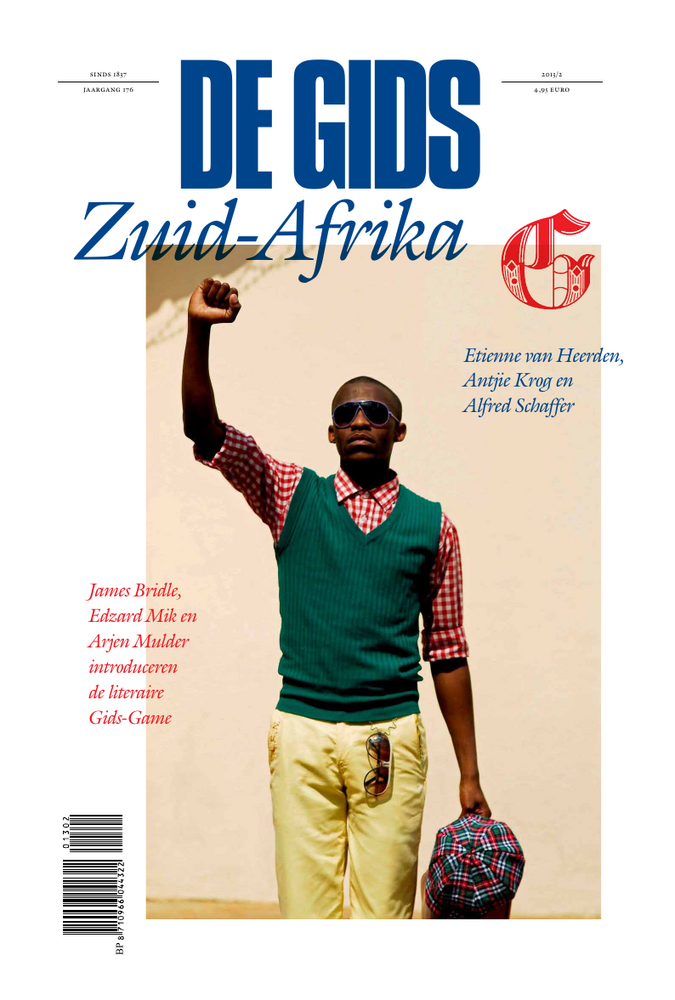Redactioneel
Writing has always been networked. When Rabelais sat down to write Pantagruel he did something new in Western literature: the invisible author writing for an invisible audience. While previous writers—the bards and playwrights, the orators and preachers—wrote for an audience they knew well, that they spoke with every day, or for God, or the Muses, Rabelais wrote for nobody but himself, alone in his room, and he was read by strangers, alone too in their rooms. So Rabelais is the first writer to rely on text that propagates itself, that is enacted by the reader in their own mind, far from the author in time and space, just as the networked writing of today, boiling up from the messageboards, fandoms and streams of the internet, is endlessly repeated and retweeted, finding its own forms and audiences.
This networking of the text can also be seen not only in the relationship between one and many authors and one and many audiences, but within the text itself, in its very construction.
Collage and cut-up introduce game-like elements to literature. Tristan Tzara wrote the Dada manifesto on feeble love and bitter love in 1920, including instructions for cutting words out of a newspaper article, shuffling them in a bag and assembling them into poetry: ‘And there you are – an infinitely original author of charming sensibility, even though unappreciated by the vulgar herd.’
Brion Gysin and William Burroughs rediscovered the technique at the Beat Hotel in Paris in the 1950’s, slicing through layers of newsprint so that the juxtapositions might reveal new and implicit meanings in the text, as well as strange and startling literary effects. In ‘Break Through in the Grey Room’, Burroughs claimed that cut-up was a form of divination: ‘When you cut into the present the future leaks out.’
This idea was taken in yet another direction by B.S. Johnson in his novel Alberto Angelo (1964), where the author cut deep holes into the pages of the book, so the reader can glimpse future events. Johnson’s even more experimental novel The Unfortunates (1969) consists of a series of individually bound chapters in a box, with only the first and last chapter specified, the choice of the order of the other 25 left up to the reader. Johnson considered this ‘a better solution to the problem of conveying the mind’s randomness than the imposed order of a bound book’.
Technology can assist with this rendering. In 2011, Visual Editions (who also published Jonathan Safran Foer’s die-cut Tree of Codes) produced both physical and digital versions of Marc Saporta’s Composition No.1. The former is a box full of loose leaves, each containing a page of the story; the latter an iPad application which riffles at high-speed through those leaves, forcing the reader to press their finger to the screen in order to pin down, ever so briefly, a fragment of the text. It enacts, bodily, the involvement of the reader in the story-telling process.
Tom Phillips’ A Humument also uses the digital to introduce randomness and divination to the text. Since the 1960’s, Philips has painted and repainted the pages of a forgotten Victorian novel to unearth a new story from the fragments of the old, reshaping its intent while creating an entirely new and vibrant work. Its iPad twin makes visible an interaction that Phillips always intended: at the press of a button, two pages are juxtaposed at random, in order to foretell the future.
Exquisite Corpse, based on an old parlour game and popularised by André Breton and the Surrealists, is one of the most game-like forms of literature, and also one of the most participatory. Each player adds a few words to an unseen sentence before the full composition is revealed: a conscious cut-up, a competition for breaking down language. Inverted, the Exquisite Corpse becomes Raymond Queneau’s Exercises in Style, 99 retellings of the same event in different voices, genres and modes.
Are these literary games, or game-like literatures? Where does the game end and the literature begin? This line has always been blurred in experimental writing, and even more so after the advent of the internet. Early hype around hypertext fictions have never really achieved their aim, suggesting a strong authorial voice or intentionality is still one of the deciding factors for what we consider a book – although there’s no reason why games shouldn’t have a strong authorial voice either, or, as in the case of Exquisite Corpse, invite more direct participation. Authorship doesn’t evaporate because one chooses to offer the player a framework for story-telling, rather than telling that story directly.
The games of Jason Rohrer, for me, blur that line by coming closest to the kind of authored experience I look for in novels. Passage (2007) takes the player on a poignant journey through a lifetime of love and companionship; Gravitation (2008) is about the life/work balance, as the author struggles to spend time with his child while putting bread on the table. Both are exquisitely told tiny stories whose beauty derives from the explicit process of playing them out.
Literature has always been interactive, and the forms that writing can take have always been infinitely variable: that includes games alongside soliloquy, playfulness alongside serious intent. Language is just one of many technologies in the writer’s toolkit, and we’re always finding ways to upgrade it.
Pieter Hendrik Esser
Poëzie
Doe-het-zelf
Gifkaroo
Poëzie
Brief uit Kaapstad
Essay
De hekken en de wereld
Grote vragen
Grote vragen
Poëzie
Pro Patria?
Essay
Monsterlijk en sprookjesachtig: Nederlands machinekamer
Poëzie
Waarom de zilvermeeuw in de nacht boven de parkeerplaats moet schreeuwen
Essay
Eindelijk eens géén Auschwitz
Essay
Status
Poëzie
Vier manieren om te dumpen
De internet gids
Een wereldprimeur
De internet gids
Literatuur als spel
Het hart is een eenzame jager
Poëzie
Van groot belang
Essay
Erfenissen van massaal geweld
Mondriaan en het abstracte leven
Begon wetenschap met de kunst van het spoorzoeken?
Kroniek & Kritiek
